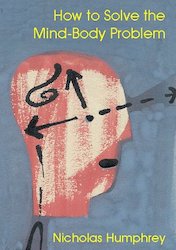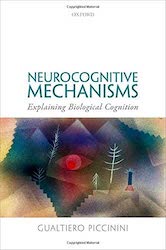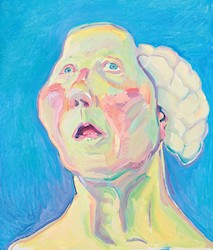How to Really Solve the Mind-Body Problem (4)
Abstract: What assumptions should be kept to solve the mind-body problem? We need a reality unified by its relationships —a term to be preferred to ‘monistic’— but which leaves its relational levels owners of their frameworks. Indeed their characteristics differ: definition of ‘elements’, elementary time, energy, causal and temporal arrows. Connecting the levels implies the … Read more










